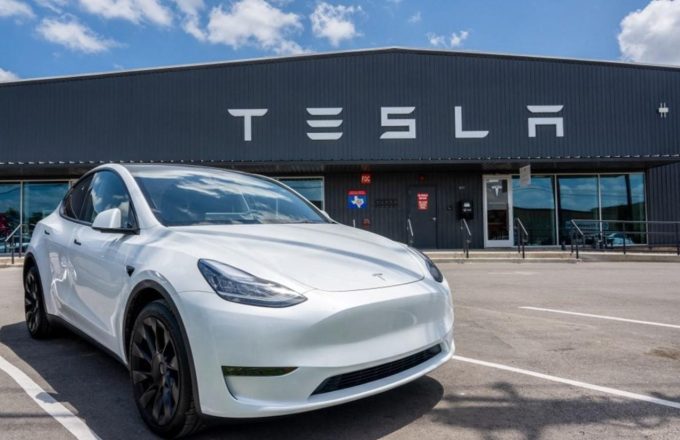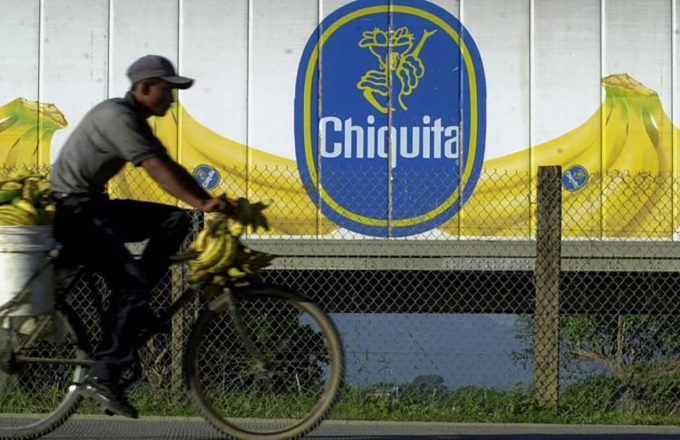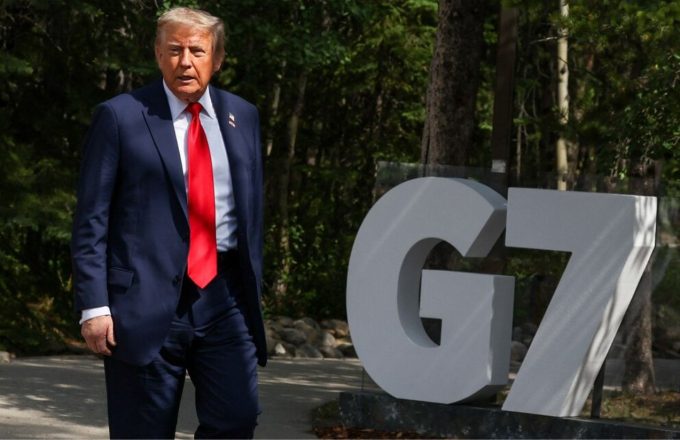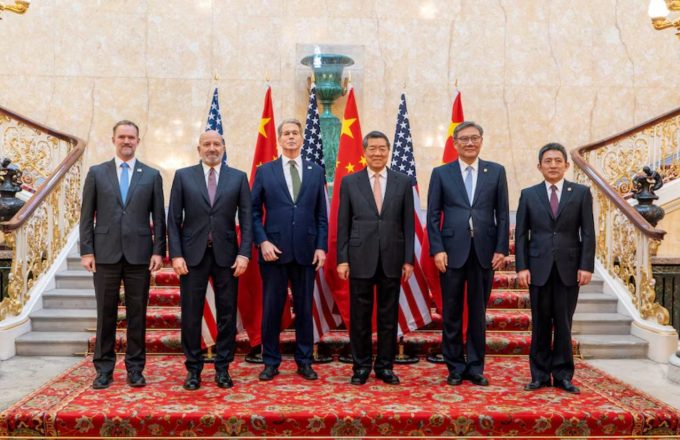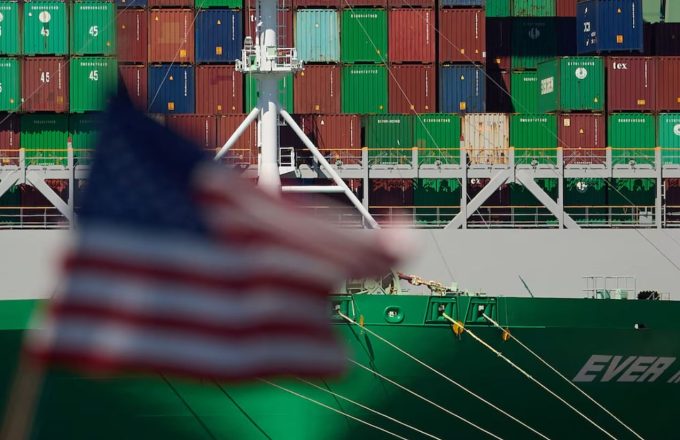Donald Trump has announced a new tariff package that has shaken financial markets and placed Apple at the center of the storm. The company, which manufactures most of its devices in Asia, now faces tariffs of 54% on products from China, 46% on those from Vietnam, and 26–27% on goods made in India — precisely the countries where Apple has focused its production in recent years.
Following Trump’s first presidency, Apple sought to diversify its supply chain to reduce its reliance on China. However, that strategy has now backfired: the new tariffs hit all of its main production hubs. There’s no way out. A similar fate has struck another company closely tied to Apple: Nike.
Why it matters
The impact on Apple is both financial and operational. Its devices account for 75% of its nearly $400 billion in annual revenue — the rest comes from Services.
Under this new scenario, Apple’s costs could rise by around $8.5 billion per year, cutting its profits by approximately 7%. The markets have already responded: Apple shares have dropped 9%, with an additional 5% decline in premarket trading on Friday.
The numbers are alarming
According to Rosenblatt Securities, Apple would need to raise the price of its devices by as much as 43% to maintain current profit margins.
For years, Apple maintained a close relationship with Trump that helped the company avoid tariffs during his first term. CEO Tim Cook even attended Trump’s inauguration and pledged major investments in the U.S. This time, however, that goodwill seems to be falling short.
In February, Apple announced a bold $500 billion investment plan in the United States, including a plant in Texas and the creation of 20,000 R&D jobs. Yet so far, the company hasn’t secured the tariff exemption it was granted back in 2018.
Cook has repeatedly pointed out the difficulties of shifting production to the U.S., citing among other reasons a shortage of workers with the specialized skills required.
One more challenge for Apple
Despite its strong revenue streams, profit margins, and market cap, Apple has already been facing some turbulence — including iPhone sales falling short of expectations and struggles with rolling out its AI strategy. Now, it’s dealing with a fresh trade war crisis.
The clash between the Trump administration’s protectionist approach and the globalized model of companies like Apple reveals a growing and unresolved tension.
What does this mean for consumers?
The message is clear: iPhones are likely to become significantly more expensive. For Apple, this means less room to innovate due to shrinking profits. In the end, it all depends on how the company responds — whether it secures a last-minute exemption, manages to renegotiate, or simply passes the costs on to consumers. The deadline: April 9.















